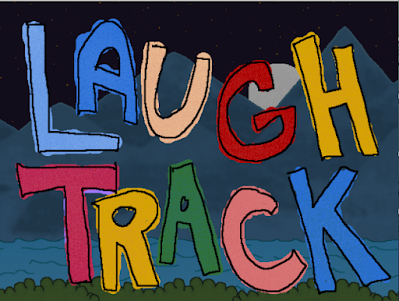The laugh track, also known as canned laughter or audience laughter, is a pre-recorded track of laughter that is inserted into television shows, sitcoms, and comedy programs. Here is a detailed explanation of the laugh track:
Historical Background: The use of laughter in comedic performances can be traced back to ancient theater, where audiences would naturally respond with laughter. However, with the advent of radio and television, live studio audiences became less common due to technical limitations and the desire for greater control over the production process.
Early Use: In the early days of television, when sitcoms began to gain popularity, producers faced the challenge of creating a sense of live audience response and capturing the energy of a comedy performance. This led to the development of the laugh track, which consisted of recorded laughter played during post-production.
Purpose and Function: The primary purpose of the laugh track is to enhance the comedic effect of a television show or sitcom. It is used to prompt viewers to recognize and appreciate humorous moments by providing a cue for laughter. The timing and intensity of the laughter can influence how viewers perceive and interpret jokes.
Recording Process: Laugh tracks are typically created by recording a live studio audience during the taping of a sitcom or comedy show. These laughter samples are then mixed and edited to create a library of various laughter types, such as chuckles, guffaws, and applause. The recordings are carefully selected and matched to the specific comedic moments during post-production.
Types of Laughter: Laugh tracks feature different types of laughter to suit various comedic situations. For instance, hearty laughter may be used for particularly funny moments, while light chuckles or scattered laughs may be employed for subtler jokes. The laugh track can also include reactions like groans or "awws" for comedic situations that evoke sympathy or irony.
Benefits and Criticisms: Proponents of laugh tracks argue that they enhance the comedic timing and provide cues for viewers, making the jokes funnier and the overall viewing experience more enjoyable. They maintain that laugh tracks can help simulate the atmosphere of a live comedy performance. On the other hand, critics argue that laugh tracks can be distracting, manipulative, and can undermine the genuine response of the audience. Some argue that the presence of a laugh track might prompt viewers to laugh at jokes they would not find funny otherwise.
Contemporary Use: Laugh tracks continue to be used in television sitcoms, though their popularity has diminished in some shows and genres. Some comedies have shifted towards a more naturalistic approach, using live studio audiences or opting for single-camera setups without a laugh track. Additionally, streaming platforms and newer forms of comedy programming have allowed for experimentation with different styles of comedic presentation.
The use of a laugh track remains a creative choice for television producers, aiming to enhance the comedic experience for viewers. Whether loved or criticized, the laugh track has played a significant role in the history of televised comedy and remains an identifiable aspect of the sitcom genre.
Source: Some or all of the content was generated using an AI language model


No comments:
Post a Comment